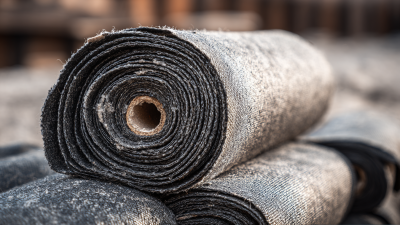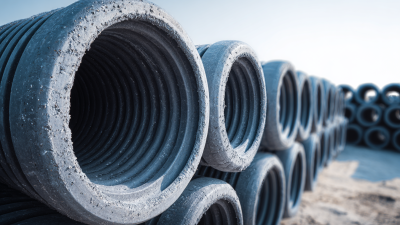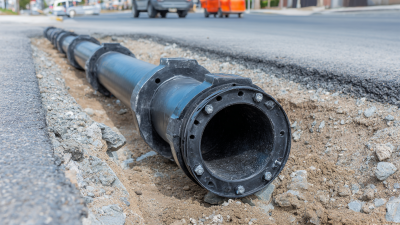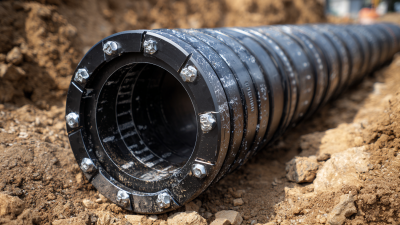As the global demand for innovative and sustainable materials continues to rise, the importance of nonwoven geotextile fabric has become increasingly evident in various applications, particularly in construction and environmental management. According to a recent report by the Geosynthetic Materials Association, the global geotextile market is projected to reach USD 11.2 billion by 2025, driven by advancements in nonwoven technology that enhance performance characteristics for soil stabilization and erosion control. The 138th Canton Fair in 2025 serves as a pivotal platform for industry leaders and innovators to showcase emerging trends and products in nonwoven geotextile fabric, catering to the needs of an expanding market. With ongoing investments in research and development, the introduction of environmentally friendly production methods, and rising applications across diverse sectors, the significance of nonwoven geotextile fabric will undoubtedly be a focal point at this renowned international trade event.
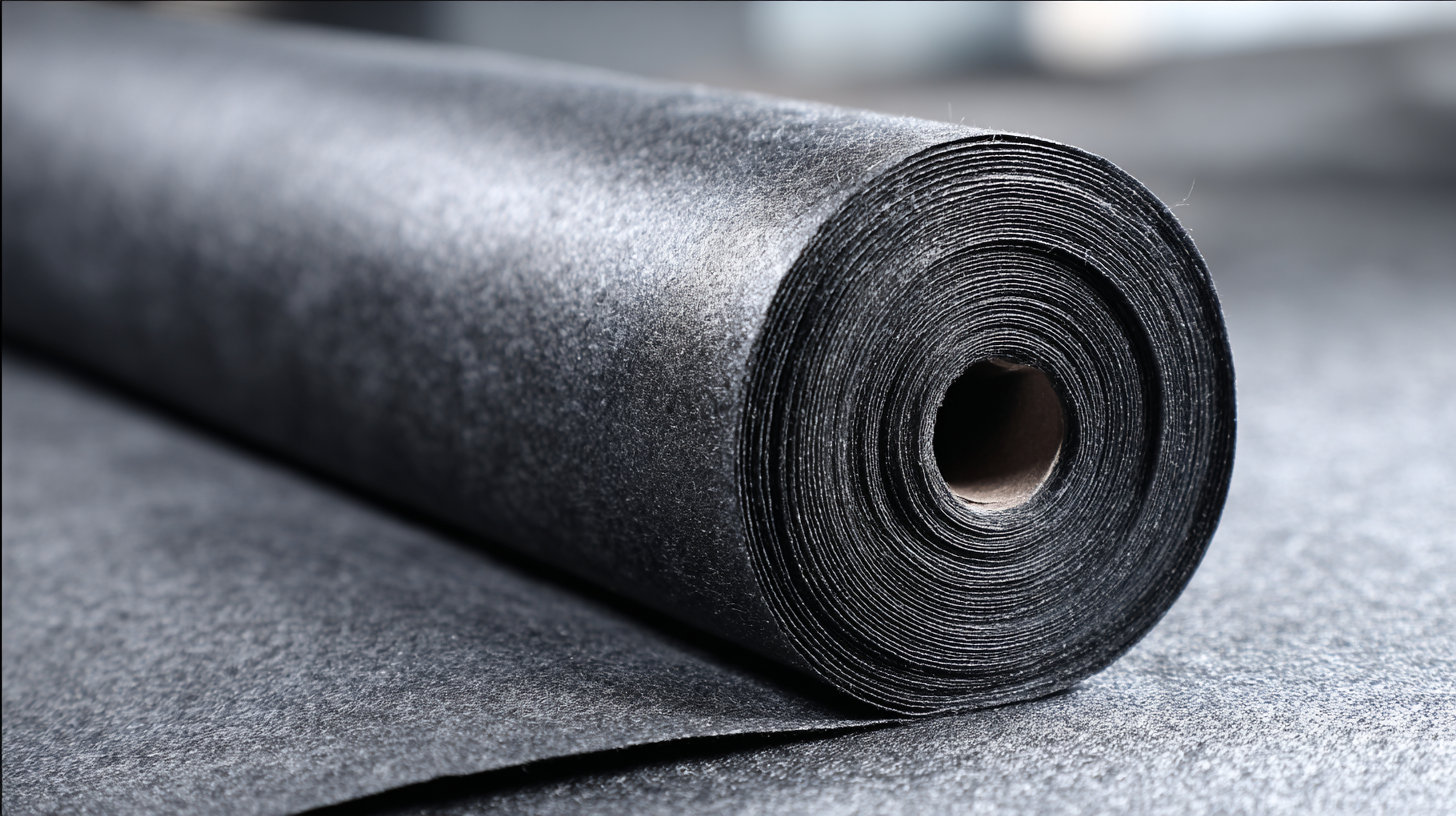
At the 138th Canton Fair 2025, the spotlight shines brightly on innovations in nonwoven geotextile fabrics. These advanced materials are gaining traction in various industries thanks to their unique properties such as excellent filtration, drainage capabilities, and soil erosion control. Exhibitors are showcasing a range of products designed to meet the rising demand for sustainable and eco-friendly solutions in construction and landscaping, reflecting the industry's commitment to environmental stewardship.
Tips for visitors: When exploring the fair, pay close attention to the latest technologies that enhance the performance of nonwoven geotextiles. Look for innovations that leverage recycled materials or incorporate advanced manufacturing processes. Engaging with manufacturers can provide insights into how these fabrics can be adapted for specific projects, ensuring you make informed decisions that benefit both your business and the environment.
As nonwoven geotextile fabrics continue to evolve, their applications span a wide array of sectors such as transportation, agriculture, and environmental rehabilitation. Attendees can expect to discover cutting-edge products that not only promise enhanced durability and functionality but also comply with global sustainability standards. Engage with experts at the fair to gather valuable insights and expand your knowledge on this pivotal material in today's construction landscape.
At the 138th Canton Fair in 2025, the nonwoven geotextile fabric industry is set to showcase a range of innovative solutions aligned with sustainability trends. With increasing global awareness of environmental issues, the demand for bio-based and eco-friendly materials has surged, particularly in sectors like hygiene and wipes. This shift is reflected in the developments across the nonwoven market, where manufacturers are prioritizing reduced plastic content and promoting sustainable production techniques.
The focus on sustainability is not only a response to market demands but is also driving innovation within the nonwoven sector. Technologies such as ultrasonics are being leveraged to enhance product performance while maintaining eco-friendly standards. Furthermore, the geosynthetics market is experiencing significant growth, particularly in regions like South Asia, as stakeholders recognize the importance of sustainable practices in construction and infrastructure. The Canton Fair will serve as a vital platform to explore these advancements, highlighting a collective commitment to a greener future in the nonwoven geotextile industry.
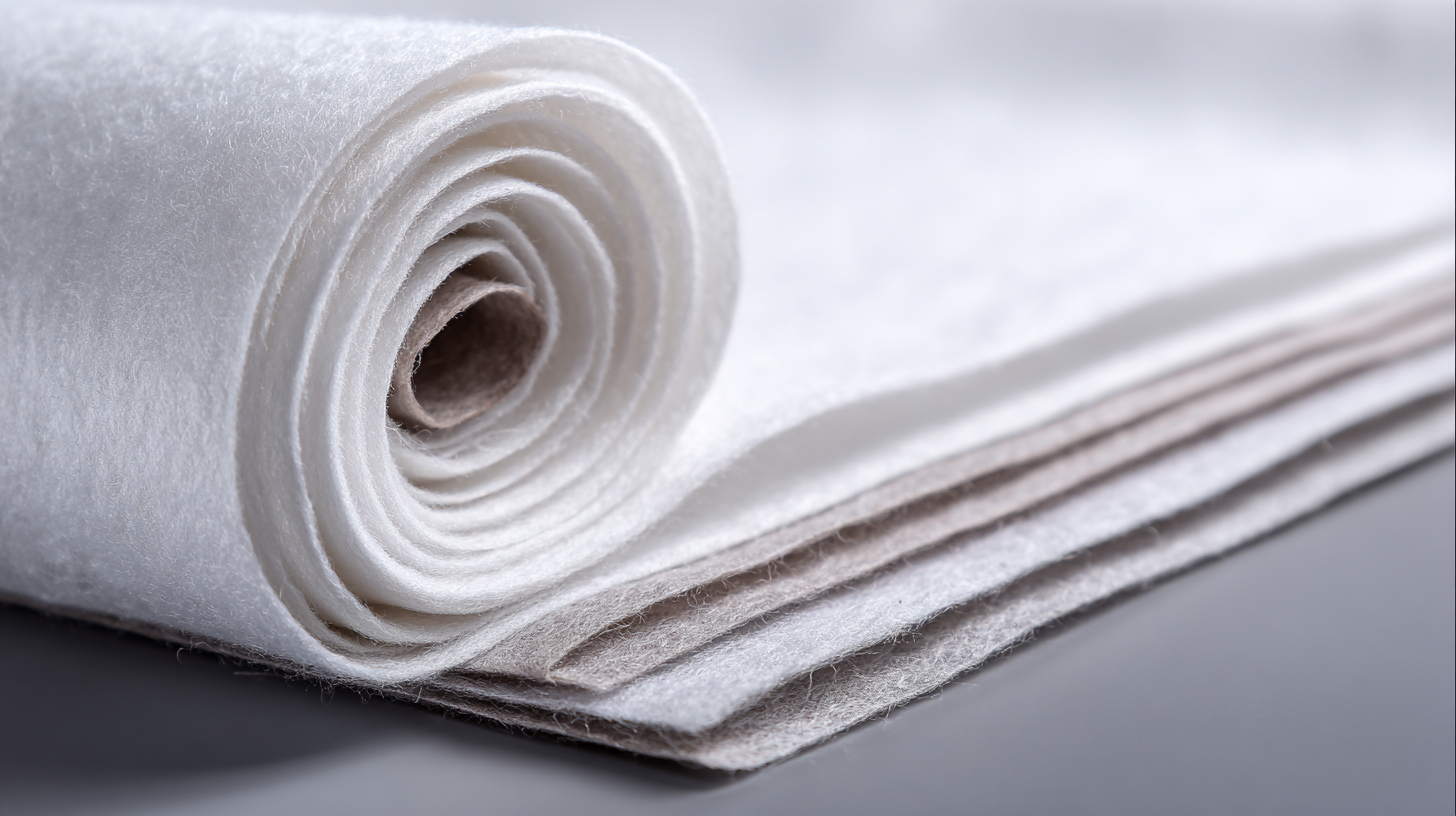
The 138th Canton Fair 2025 in China will showcase a remarkable array of innovations in nonwoven geotextile fabric, highlighting significant advancements in material technology and engineering. Key manufacturers are poised to present their latest products designed to enhance soil stabilization, erosion control, and drainage solutions. Renowned companies in the industry, such as Geotex Corp and EcoFabric Solutions, are anticipated to unveil eco-friendly alternatives that contribute to sustainable construction practices.
Visitors to the fair can expect to see a variety of nonwoven geotextile products tailored for different applications, including road construction, landscaping, and water management systems. Exhibitors will showcase fabrics with enhanced durability and filtration capabilities, ensuring superior performance in challenging environmental conditions. The event serves as an excellent platform for industry leaders and potential buyers to engage, facilitating partnerships and fostering collaborations that could drive future innovations in geotextile solutions.
Nonwoven geotextiles have emerged as a pivotal innovation in modern construction, offering a range of applications that enhance engineering efficiency and environmental sustainability. These fabrics, made from synthetic fibers that are bonded together through mechanical, thermal, or chemical processes, serve as an effective solution for soil stabilization, erosion control, and drainage. Their ability to provide excellent filtration while allowing water to flow through makes them invaluable in projects such as road construction, retaining walls, and slope stabilization.
The benefits of nonwoven geotextiles extend beyond their functional applications. They contribute to project longevity by providing a protective layer that minimizes soil displacement and prevents premature deterioration of structures. Moreover, their lightweight nature simplifies transportation and installation processes, reducing labor costs and time required for construction. At the 138th Canton Fair in 2025, exhibitors will likely showcase the latest advancements in nonwoven geotextile technology, emphasizing their potential to drive innovation in the construction industry while addressing ecological concerns.

At the 138th Canton Fair 2025, nonwoven geotextile fabrics are set to showcase groundbreaking innovations, highlighting significant technological advances within the industry. According to a recent report by Grand View Research, the global geotextiles market size was valued at approximately USD 8.2 billion in 2022 and is projected to expand at a compound annual growth rate (CAGR) of 10.7% from 2023 to 2030. This growth is primarily driven by increasing infrastructure projects and the rising demand for soil erosion control and land reclamation, necessitating advanced nonwoven fabric solutions.
Key innovations in nonwoven geotextile technology include the development of biodegradable materials and enhanced filtration properties. Research from Technavio indicates that the demand for sustainable geotextile solutions will contribute significantly to market growth, with eco-friendly options projected to capture 25% of the market share by 2026. Innovations such as needle-punched and spunbonded geotextiles offer improved durability while minimizing environmental impact, positioning companies to meet the emerging regulatory demands and consumer preferences for sustainable materials in construction and landscaping applications.
| Innovation Type | Description | Benefits | Potential Applications |
|---|---|---|---|
| Biodegradable Nonwoven Fabric | Made from natural fibers that decompose over time. | Environmentally friendly and reduces landfill waste. | Erosion control, filtration, and landscaping. |
| High-Strength Geotextiles | Enhanced tensile strength for heavy load applications. | Increased durability and longevity in construction projects. | Road construction, slope stabilization, and embankments. |
| Geocomposite Materials | Combination of geotextiles with drainage and filtration layers. | Improved efficiency in water management systems. | Landfills, contaminated sites, and hydraulic structures. |
| Nano-Enhanced Nonwoven Fabrics | Fabrics infused with nanoparticles for enhanced properties. | Increased UV resistance and microbial protection. | Civil engineering, agriculture, and pollution control. |
| Smart Geotextiles | Incorporate sensors for real-time data monitoring. | Enhanced monitoring and control of infrastructure health. | Bridges, roads, and slope monitoring systems. |

